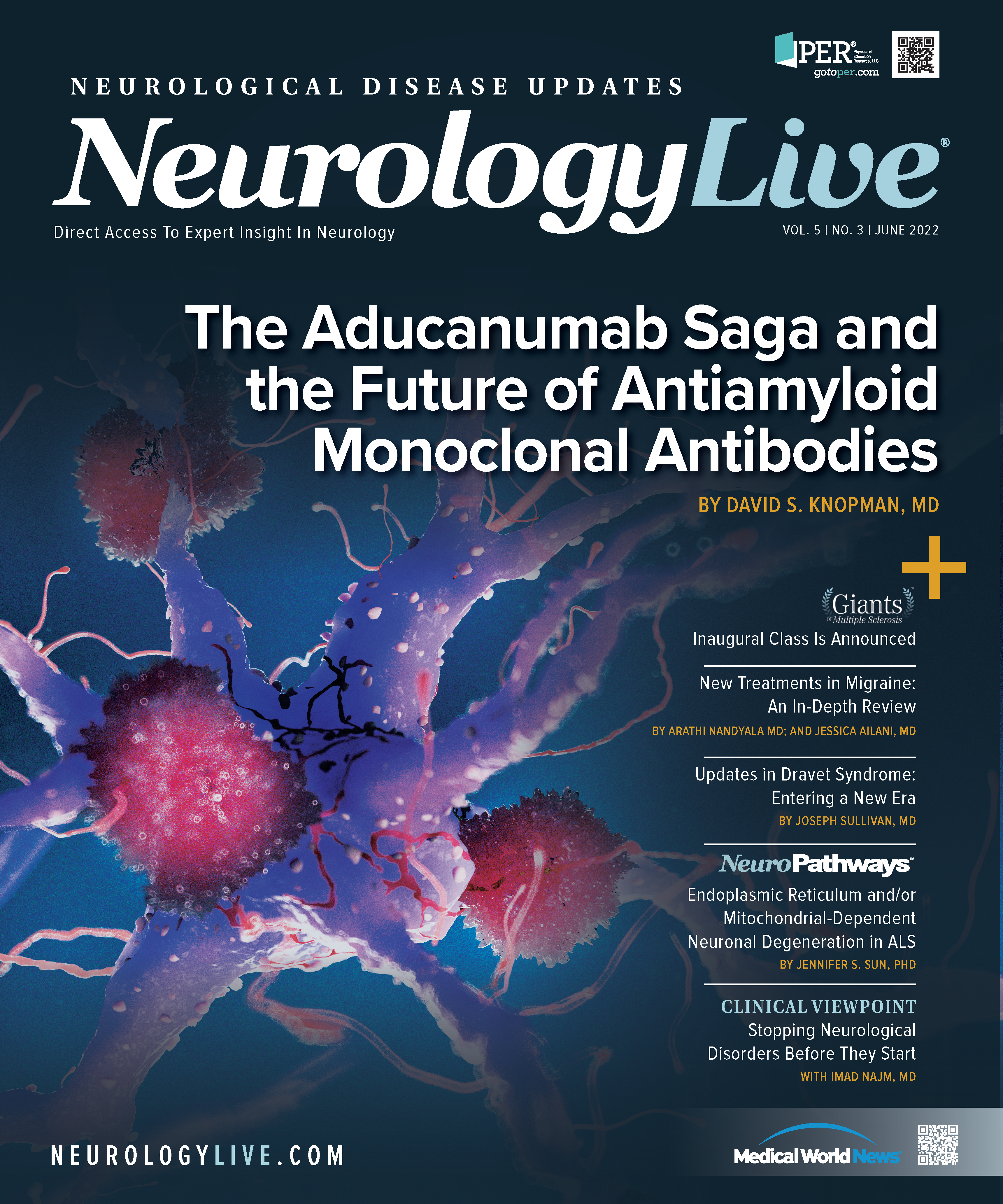Ubrogepant Demonstrates Several Positive Real-World Migraine Impacts in Patients With Prior Treatment Failure
Following the switch to ubrogepant, more than half of patients with migraine had reduced use of triptans and more than one-third of patients had reduced use of anti-inflammatory drugs.
Richard B. Lipton, MD

Real-world data from the observational, cross-sectional UNIVERSE study showed that treatment with ubrogepant (Ubrelvy; AbbVie) was associated with a high satisfaction for achieving pain relief, ability to think clearly, and return to normal function among patients with migraine who switched to the treatment following prior therapy failure.1
Presented at the 2022 American Academy of Neurology (AAN) Annual Meeting, April 2-7, in Seattle, Washington, the results also showed that 91.7% of patients reported they were likely to continue ubrogepant use. An oral calcitonin gene-related peptide (CGRP) antagonist, ubrogepant has been approved for the acute treatment of migraine with or without aura since 2019.
Senior investigator Richard B. Lipton, MD, director, Montefiore Headache Center, and colleagues analyzed 302 respondents of the Migraine Buddy application who self-reported using ubrogepant for at least 4 prior migraine headaches, including at least 1 dose in the preceding 14 days. They completed a 29-question survey assessing patient characteristics, treatment patterns, outcomes, and satisfaction with ubrogepant.
In this analysis, investigators looked at a subgroup of patients (n = 264; 87.4%) who switched to ubrogepant due to their prior treatment’s lack of efficacy. More than one-third (35.6%) of the subgroup had chronic migraine and more than half (55.9%) previously tried at least 3 triptans. At 2-, 4-, and 24-hours post-dose, 76.1%, 83.3%, and 78.4% of patients, respectively, reported satisfaction with ubrogepant for achieving pain relief.
READ MORE: Overcoming Challenges in Neurology Associated With the COVID-19 Pandemic
In total, 85.2% of ubrogepant-treated patients reported satisfaction for the ability to think clearly and 84.8% were reportedly satisfied with their return to normal function. In addition to a large majority of patients claiming they were likely to continue treatment, an analysis of prior and concurrent acute medication revealed reduced use of opioids (–28%), barbiturates (–25%), ergots (–15%), nonsteroidal anti-inflammatory drugs (–38%), and other acute medication classes (–37%). Notably, the odds of triptan use were also reduced by 55%, the largest of any medication assessed.
Since its approval, there have been several analyses that have further demonstrated the positive effects ubrogepant has for patients with migraine. A 2021 post hoc analysis of the phase 3 ACHIEVE 1 & 2 studies (NCT02873221; NCT02867709), the 2 trials that led to ubrogepant’s approval, demonstrated that the drug is safe and effective for patients with perimenstrual migraine (pmM) attacks.2
Presented at the 2021 Virtual American Headache Society (AHS) 63rd Annual Scientific Meeting, June 3-6, the 52-week study rerandomized those who completed 1 of 2 lead-in ACHIEVE trials 1:1:1 to usual care (n = 417), ubrogepant 50 mg (n = 417), or ubrogepant 100 mg (n = 420). Among all female participants, 1329 pmM attacks and 16,145 non-pmM attacks were treated with ubrogepant.
At 2 hours post dose, 28.7% and 29.7% of patients in the in 50- and 100-mg dose groups experienced pain freedom from pmM, while pain freedom of non-pmM occurred in 22.1% and 25.3% of those treated, respectively. Pain relief of pmM and non-pmM was experienced by 64.8% and 65.2% of patients in the ubrogepant 50-mg group, and increased to 67.1% and 68.4% of patients, respectively, in the 100-mg group.
In a recent NeurologyLive® Insights series, “Expert Perspectives on the Management of Acute and Preventative Migraine,” migraine specialist David Kudrow, MD, discussed ubrogepant as an acute migraine treatment. Watch below as he examined the efficacy and safety of the CGRP antagonist in the phase 3 ACHIEVE trials.
Click here for more coverage of AAN 2022.
REFERENCES
1. Shewale AR, Poh W, Reed ML, et al. Real-world effectiveness of ubrogepant among participants with prior treatment failure: subgroup analysis from the UNIVERSE study. Presented at: AAN Annual Meeting; April 2-7, 2022; Seattle, WA, and virtual. Abstract 1167
2. Pavlovic JM, Ailani J, Hutchinson S, et al. Ubrogepant was safe and well tolerated in the acute treatment of perimenstrual migraine. Presented at AHS Annual Scientific Meeting; June 3-6, 2021. Abstract P129
